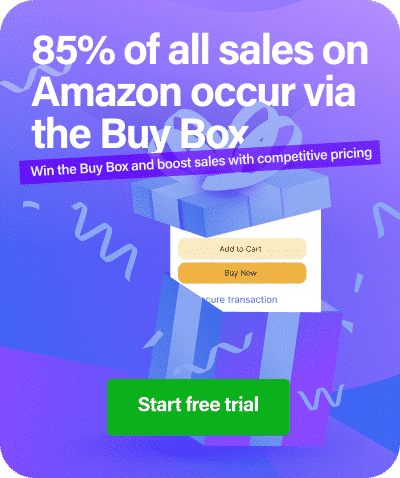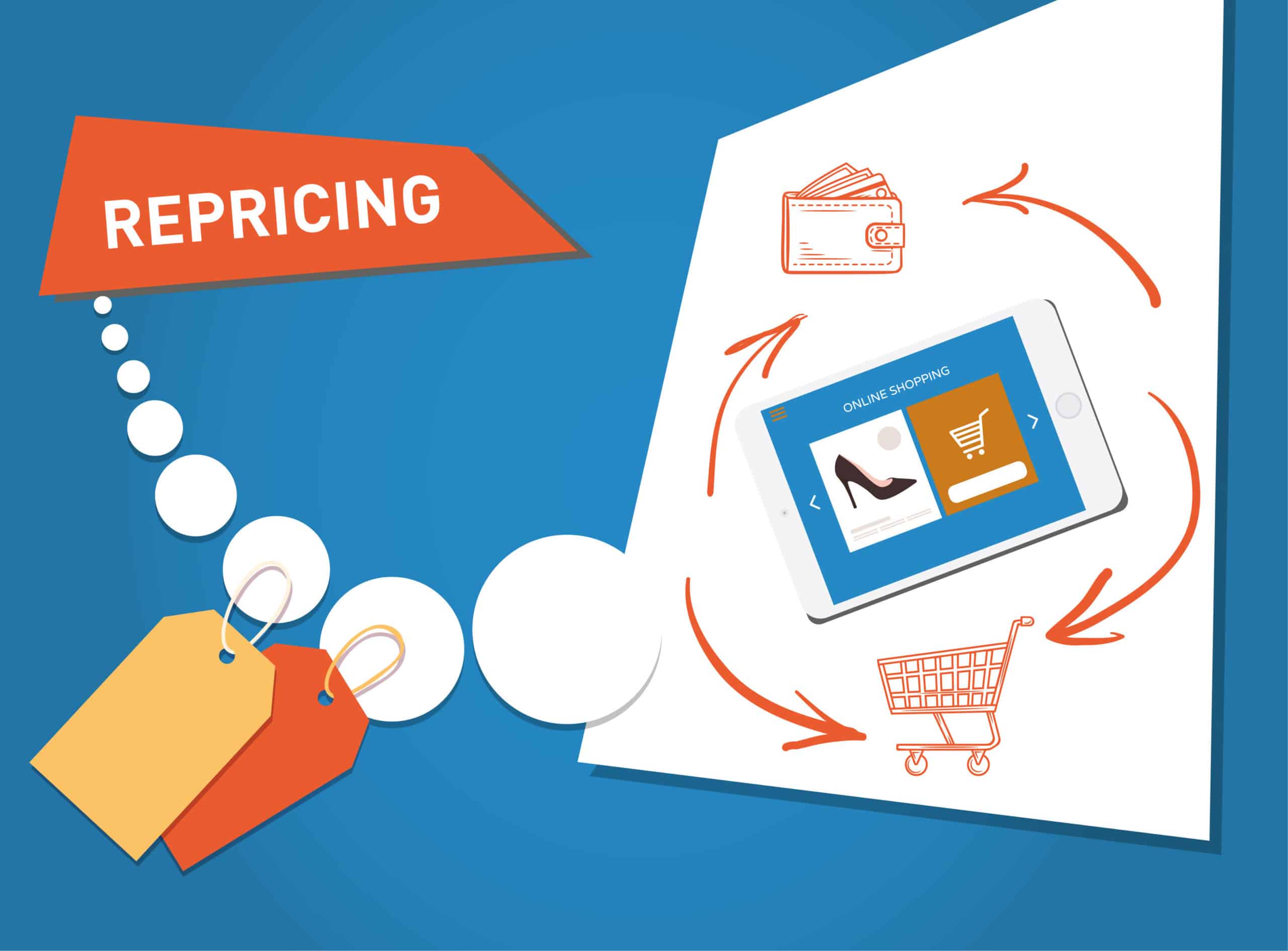Picture this: You’re selling on Amazon, your repricer is working overtime to help you win the Buy Box, but suddenly you’re hit with an overselling nightmare. Your inventory management system shows zero stock, but your repricer kept pricing aggressively, leading to customer complaints and penalty fees. Sound familiar? If you’re nodding your head, you’re not alone.
The solution? Learning how to integrate repricer inventory management systems to create a seamless, automated pricing powerhouse that protects your business while maximizing profits.
In today’s hypercompetitive ecommerce landscape, successful sellers know that pricing and inventory management aren’t separate functions—they’re two sides of the same coin. When these systems work together, magic happens. Let’s explore how this integration can transform your business operations and boost your bottom line.
Why Integration Matters More Than Ever
The eCommerce world moves fast. 67% of businesses plan to implement real-time inventory systems by 2025 to improve stock accuracy and meet rising consumer expectations, while 78% of eCommerce companies plan to invest in inventory management automation by 2025 to streamline operations and stay competitive. These aren’t just nice-to-have features anymore—they’re business necessities.
Poor inventory management causes businesses to lose up to 11% of their annual revenue, mainly due to stockouts and overstocking. When your repricer operates in isolation from your inventory data, you’re essentially flying blind, making pricing decisions without crucial context about your actual stock levels and costs.
The Game-Changing Benefits of Repricer Inventory Sync
Accurate Cost of Goods for Smarter Minimum Prices
One of the biggest advantages of connecting your repricer to inventory management software is automatic cost of goods sync. Instead of manually updating product costs across multiple platforms, your integrated system pulls real-time cost data directly from your inventory management software.
This means your repricer can automatically calculate and enforce minimum price thresholds based on your actual cost per unit, ensuring you never sell at a loss. SmartRepricer’s integration with InventoryLab allows data synchronization within a swift 90-second window, making this process nearly instantaneous.
Stock Level Automation That Actually Works
Here’s where things get really exciting. When you connect Repricer to the inventory system, your pricing strategy can respond intelligently to stock levels. Running low on inventory? Your repricer can automatically increase prices to slow sales velocity and preserve stock for high-value customers. Overstocked? Lower prices automatically to move inventory faster.
This automated pricing stock levels approach prevents those dreaded “out of stock” moments that can tank your Amazon rankings and disappoint customers.
Avoiding Overselling Disasters
Nothing hurts your seller metrics quite like overselling. 69% of online shoppers will abandon their purchase and shop with a competitor if their desired item is out of stock. When your repricer knows your exact stock levels in real-time, it can pause pricing adjustments or increase prices dramatically when inventory hits zero, preventing new sales until you restock.
This multichannel inventory pricing approach is especially crucial if you’re selling across multiple platforms simultaneously.
Bundle Pricing Inventory Intelligence
Smart sellers know that bundle pricing can significantly increase average order value. When your repricer integrates with inventory management, it can access data about related products and automatically create compelling bundle offers based on current stock levels. Got excess inventory of complementary items? Your integrated system can bundle them together with attractive pricing to move stock efficiently.
Velocity Repricing Inventory Data
Advanced integrations enable velocity repricing inventory data analysis. Your system can track how quickly different products sell at various price points and automatically adjust pricing to hit target inventory turnover rates. This is particularly powerful for seasonal items or products approaching expiration dates.
Popular Integration Methods and Systems
API Integrations
Most modern repricers and inventory management systems offer robust API connections. These real-time integrations provide the fastest data sync and most reliable communication between platforms. APIs enable bidirectional data flow, so changes in either system are reflected immediately in the other.
CSV File Exchanges
For sellers using systems without direct API integrations, CSV file exchanges provide a reliable alternative. While not as instantaneous as API connections, scheduled CSV imports and exports can still maintain reasonably current data synchronization, typically updating every few hours.
Leading Integration Partners
Many repricers have established partnerships with popular inventory management platforms. For example, major repricers integrate with systems like:
- InventoryLab for Amazon sellers
- TradeGecko (now QuickBooks Commerce) for multichannel retailers
- Cin7 for complex inventory operations
- Brightpearl for retail automation
- Fishbowl for manufacturing and distribution
Setting Up Your Integration for Success
Start with Data Accuracy
Before connecting systems, ensure your inventory data is clean and accurate. Inconsistent SKU naming, incorrect cost data, or outdated stock levels will only amplify problems across both platforms.
Define Your Pricing Rules
Work with your teams to establish clear rules about how inventory levels should influence pricing. Consider factors like:
- Minimum and maximum price boundaries
- Stock level thresholds for pricing changes
- Seasonal adjustments
- Promotional pricing schedules
Test Thoroughly
Always test your integration with a small subset of products before rolling out to your entire catalog. Monitor the system closely during the first few weeks to ensure pricing changes align with your business objectives.
Monitor and Optimize
Companies that rely on data analytics for inventory decisions see a 20% reduction in overall costs. Regularly review your integration’s performance using analytics from both systems. Look for patterns in pricing changes, inventory turnover improvements, and overall profitability impacts.
Maximizing Your Integration Investment
Leverage Analytics & Reporting
The real power of integration lies in the data insights it generates. Modern systems provide comprehensive Analytics & Reporting that show how pricing changes correlate with inventory movements, helping you fine-tune your strategy continuously.
Explore Additional Integrations
Once you’ve mastered repricer-inventory integration, consider expanding to other business systems. Many sellers find value in connecting their setup to accounting software, customer service platforms, and marketing tools for even greater automation and insight.
Stay Current with Features
The integration landscape evolves rapidly. Regularly check with your software providers about new Repricer Features and integration capabilities that could further streamline your operations.
Common Integration Challenges and Solutions
Data Sync Delays
While some integrations offer near-real-time sync, others may have delays. Plan your pricing strategies accordingly and consider fail-safes for critical situations.
System Compatibility
Not all systems play nicely together. Before committing to new software, verify integration capabilities and consider working with Partners who specialize in your specific combination of tools.
Training and Adoption
Team members need training on integrated workflows. Invest in proper education to ensure everyone understands how the connected systems impact their daily tasks.
The Bottom Line
Integrating your repricer with inventory management software isn’t just about convenience—it’s about creating a competitive advantage that protects your business while maximizing profitability. Companies with optimized inventory management systems see a 30% improvement in order fulfillment rates, while automated repricing helps maintain competitive positioning in dynamic marketplaces.
The sellers who thrive in today’s market are those who leverage technology to work smarter, not harder. By connecting these critical business systems, you’re positioning yourself to respond quickly to market changes, avoid costly mistakes, and capture opportunities that manual processes simply can’t match.
Ready to power up your pricing strategy? Start by exploring the Repricer Integrations available for your current systems. Your future self (and your profit margins) will thank you.
The eCommerce landscape will only get more competitive. The question isn’t whether you can afford to integrate your repricer and inventory management—it’s whether you can afford not to.





